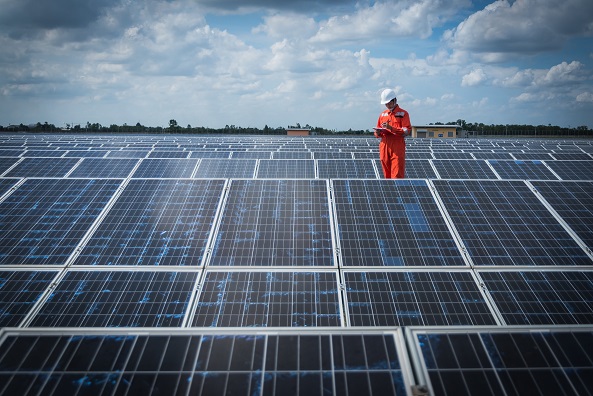The Supreme Court reopens a debate that could redefine the system for challenging unfavourable Environmental Impact Statements
Published on 21st November 2025
The High Court admits an appeal to define the autonomous challengeability of unfavourable Environmental Impact Statements (EISs) in electricity generation projects subject to Royal Decree-Law 23/2020

By means of Order ATS 9826/2025, of 22 October 2025, the Supreme Court (SC) has admitted an appeal (No. 1571/2025) declaring objective appeal interest to determine whether unfavourable EIAs, when they affect electricity generation projects included in the scope of Royal Decree-Law 23/2020, of 23 June, approving measures in the field of energy and other areas for economic recovery (RD-l 23/2020), can be challenged independently.
Context of the appeal
The proceedings were initiated following an administrative appeal filed by several developers of renewable energy generation facilities. The appellants challenged the dismissal of an appeal against an unfavourable DIA granted to those projects.
The Contentious-Administrative Chamber of the High Court of Justice of Madrid (TSJM), in its judgment No. 661/2024 of 28 November, dismissed the appeal. The TSJM held that the EIS is a procedural act (in this case, part of the process of obtaining administrative authorisation) that cannot be challenged independently and that the approval of RD-l 23/2020 did not change this regime, even in the event that the EIS was unfavourable and was issued in the context of an electricity generation project.
The question of objective interest in cassation
The developers appealed, arguing that unfavourable DIAs, in the context of projects covered by RD-l 23/2020, are not DIAs in the usual sense and have a "dual nature". The argument put forward by the appellants is that the issuance of an unfavourable DIA automatically entails the expiry of the access and connection permits previously granted for the generation projects. According to the appellants, this decisive legal consequence would oblige them to challenge the DIA independently.
Although the Supreme Court recognises the existence of established case law that interprets the judicial review of DIAs restrictively, considering them to be procedural acts, there are rulings in cases involving decisions not to submit a particular project to environmental assessment, in which the Chamber has considered such decisions to be qualified procedural acts that can be challenged. This leads the High Court to appreciate the objective interest in cassation and the need to issue a ruling to reaffirm or, where appropriate, correct the restrictive case law criterion regarding its contestability: the interpretation of Article 41.4 of Law 21/2013 of 9 December on Environmental Assessment and its relationship with Article 1, paragraphs 1 and 2, of RD-l 23/2020 will be settled.
The admission of this appeal is in addition to another very similar one (Appeal No. 6728/2024), reinforcing the need for the Supreme Court to establish case law on the issue raised. Its ruling is of vital importance for electricity generation project developers, as it will define the scope of their procedural rights of defence against DIAs that jeopardise the viability of their access and connection permits and, consequently, their projects.
If you would like to know the detailed implications of this procedure and how it could affect your ongoing projects, please do not hesitate to contact one of our experts listed below or your usual contact at Osborne Clarke.






